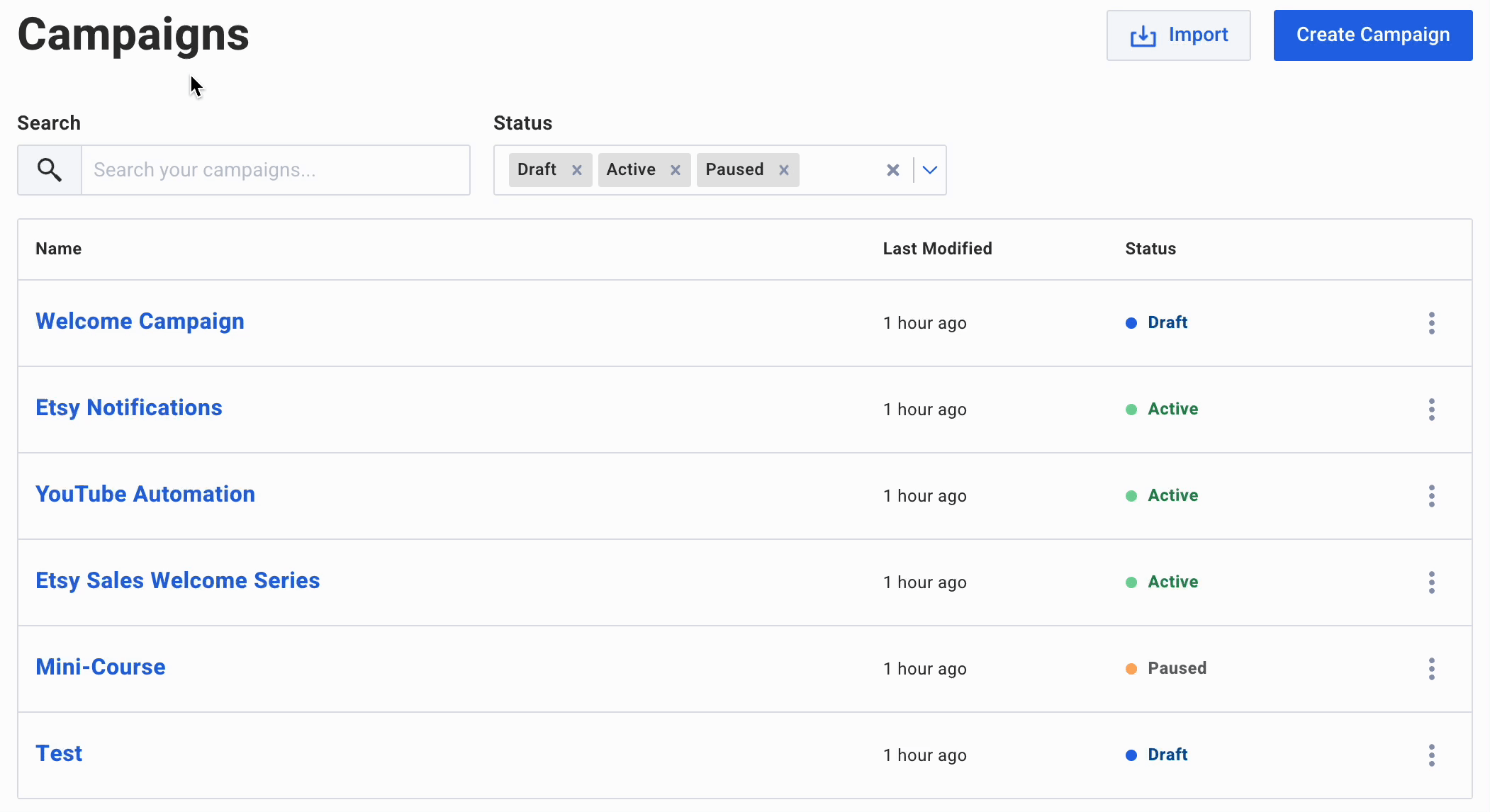The Yavatmal district of the Vidarbha location in Maharashtra has been a centre of cotton farmers’ suicides for the earlier fifteen a long time, owing to crop losses and pests assaults. In September 2017, the district was against struck with a much larger tragedy, when a substantial selection of farmers and farm labourers died when spraying chemical pesticides on pink bollworms (PBW). It also led to a lengthy-term influence on the well being of all those who survived the poisoning. This yr, as well, the PBW infestation has been found in Yavatmal as well as in neighbouring districts, but the selection of assaults has not crossed a threshold that will result in financial harm.
Agriculture scientist and entomologist Pramod Magar, who will work for the Krishi Vigyan Kendra (KVK) in Yavatmal, thinks that the farmers can effortlessly deal with the menace this yr and in the coming a long time without the need of resorting to the heavy use of poisonous and high priced pesticides.
The ICAR in 2005 set up the KVK for the Yavatmal district under Panjabrao Deshmukh Krishi Vidyapeeth, Akola.
Magar, in an interview with BusinessLine, stated that PBW can be tackled employing ecologically pleasant integrated pest management techniques. The use of risky pesticide need to be only employed as a very last vacation resort. Edited excerpts:
How can farmers retain PBW at bay? What are the understanding from your earlier experiences?
Considering the fact that 2016, cotton growers are going through the danger of PBW in cotton crop all about Maharashtra and particularly Yavatmal. The farmers and Condition agriculture universities managed to retain PBW away in 2018 and 2019 only because they adopted value-successful techniques.
Comparable eco-pleasant integrated pest management techniques need to continue, as cotton is expanding extremely well this time owing to copious monsoon rains.
Farmers have learnt that ploughing in the summertime to heat up the area for about two months, crop rotation, preventing pre-monsoon sowing and seed treatment prior to sowing and plucking of rosette flowers of the cotton plant are confident shot techniques to command the PBW menace.
For pest surveillance, pheromone traps in August and September is important along with spraying of bio-pesticide such Beauveria bassiana and neem extracts.
On the other hand, if the PBW still plagues the plants, then pesticides with eco-friendly and blue triangles labels, which are considerably less poisonous as when compared to the ones with red and yellow triangles, need to be employed.
Why do you say chemical pesticides need to be a very last vacation resort for the cotton crop?
Chemical pesticides are very little but nerve poisons which get rid of the bugs and also have damaging impacts on human well being and the natural environment. It need to be the very last option only if the pests cross their respective financial threshold amount. Nominal use of chemical pesticides will cut down risk to people and other valuable organisms and bugs in the area. Judicious use of poisonous pesticide will also support in minimising the risk of resistance improvement in bugs and pests.
What is the logic at the rear of employing water with a pH amount of six-seven for spraying the pesticides? Does employing water with higher pH worth guide to the decomposition of the pesticide?
Drinking water getting a pH of six- seven is extremely important for the success of any pesticide. As water is employed as a medium for mixing or dissolving the pesticide, it greatly influences the success of the pesticide. When any pesticide is blended with water, it is hydrolysed. Hydrolysis is a chemical procedure of breaking down of the pesticides into numerous scaled-down molecules. The pesticides normally go through alkaline hydrolysis if water pH is better than seven, which prospects to degradation and ineffectiveness of the pesticide.
Why is the mixing of various pesticides and then spraying it on the cotton crop risky to the crops and the farmers? In 2017, amongst the several good reasons attributed to the death of the farmers owing to pesticide poisoning, it was also documented that the chemcials were being blended…
Each individual agro chemical such as pesticides, pesticides, herbicides, fungicides, bactericides and plant growth promoters have their own mode of motion, chemical houses and composition, which will make them at times incompatible with just one a different and in the long run reduces their success. The mixing of just one or much more pesticides may well guide to phytotoxicity to plants and poisoning to the farmers. It may well also guide to resistance improvement in insect, pathogens and weeds.







More Stories
Putting the ‘Digital Version of You’ to work
Lawyers see crypto regulation coming in 2023 because industry needs to rebuild trust • TechCrunch
Important Factors To Consider For Discrimination Case Attorney